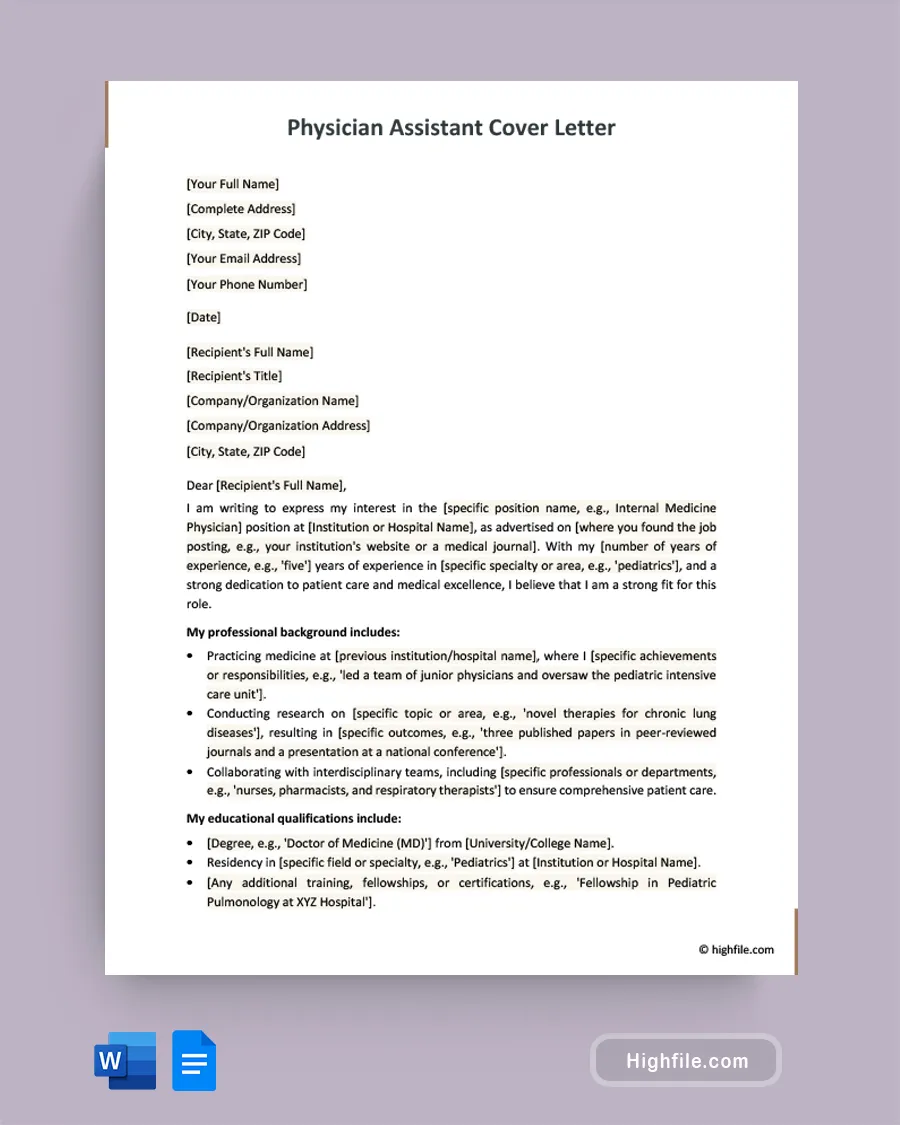Crafting a Compelling Cover Letter for New Grad Physician Assistants
As a new graduate Physician Assistant (PA), your cover letter is your first impression on potential employers. It’s your chance to showcase your qualifications, skills, and enthusiasm for the position. This guide provides a comprehensive approach to crafting a compelling cover letter that highlights your strengths and sets you apart from other applicants. Remember, the goal is to demonstrate your value and secure an interview. A well-written cover letter is an essential tool in your job search arsenal, especially as a new graduate where practical experience might be limited. Use it to paint a vivid picture of your potential and what you can bring to the team. Use strong verbs, and tailor the letter to each specific job application to show your genuine interest.
Understanding the Importance of a Cover Letter
A cover letter is more than just a formality; it’s your opportunity to tell your story and explain why you’re the perfect fit for the role. It allows you to provide context to your resume, elaborate on your experiences, and demonstrate your personality and communication skills. Employers use cover letters to assess your writing ability, attention to detail, and overall professionalism. Unlike your resume, a cover letter allows you to express your passion for the field and tailor your application to the specific requirements of the job. A well-crafted cover letter can significantly increase your chances of getting an interview. The cover letter should complement the resume, providing a narrative that showcases your suitability for the position.
Highlighting Your Unique Value Proposition
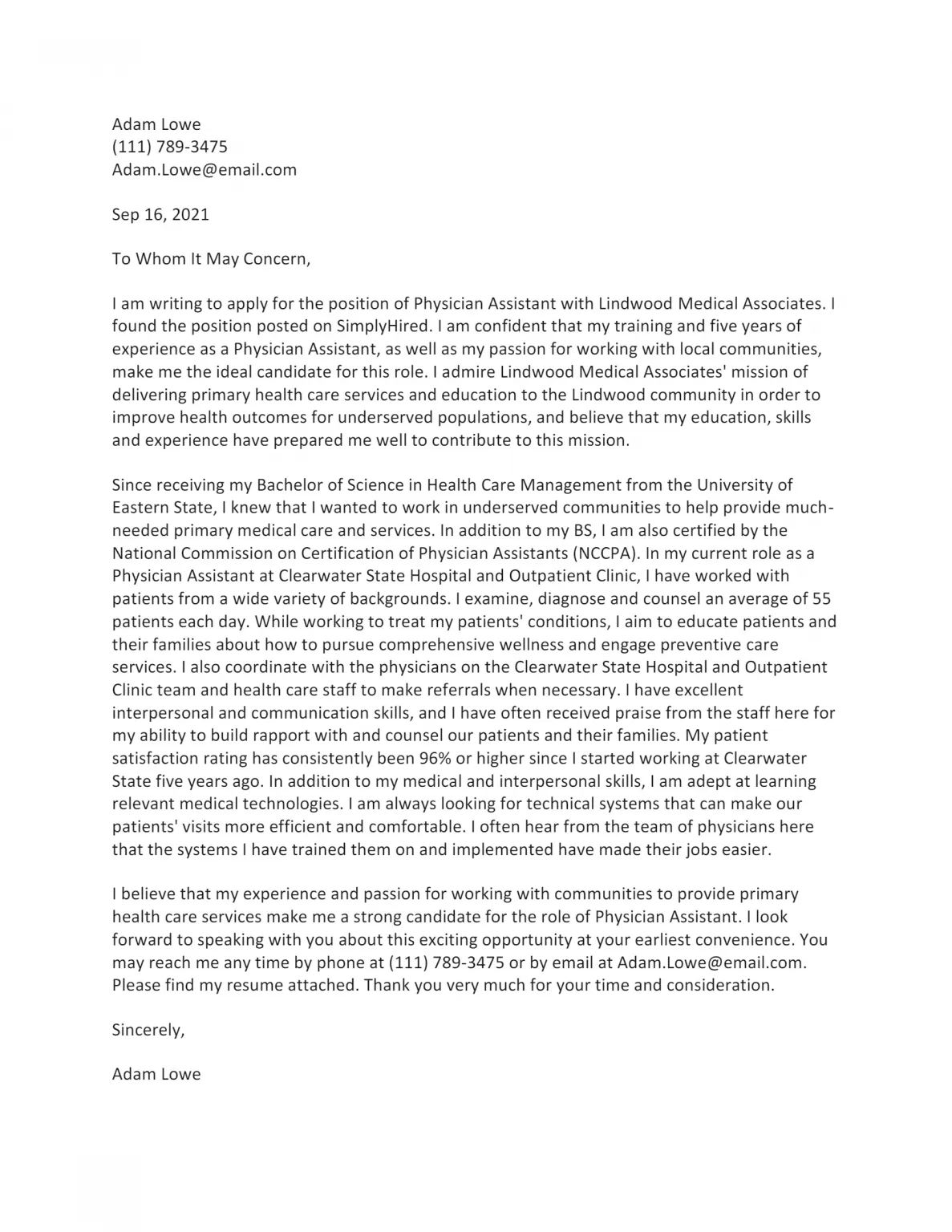
As a new grad, it is important to clearly demonstrate your unique value proposition. What specific skills, experiences, or qualities make you stand out? Think about what you can bring to the role that others may not. Perhaps you have experience with a specific patient population, a strong grasp of medical technology, or exceptional interpersonal skills. Focus on your strengths and emphasize how they align with the needs of the employer. Remember to showcase your eagerness to learn and adapt. Highlight any specialized training, volunteer work, or research experience that aligns with the job requirements. Emphasize your ability to quickly learn and contribute to the team. Focus on the benefits you bring, not just your skills.
Essential Sections of a New Grad PA Cover Letter
Header and Contact Information
Start with a professional header that includes your full name, address, phone number, and email address. If you have a LinkedIn profile, include the URL. This information should be easily accessible and clearly visible. Always use a professional email address, and ensure your voicemail greeting is also professional. The header sets the tone for the entire letter, so make sure it’s neat, clean, and error-free. Use a consistent font and formatting throughout the document. Include the date, followed by the hiring manager’s name (if known), their title, the company name, and the company address. Properly formatting the header demonstrates your attention to detail.
The Salutation
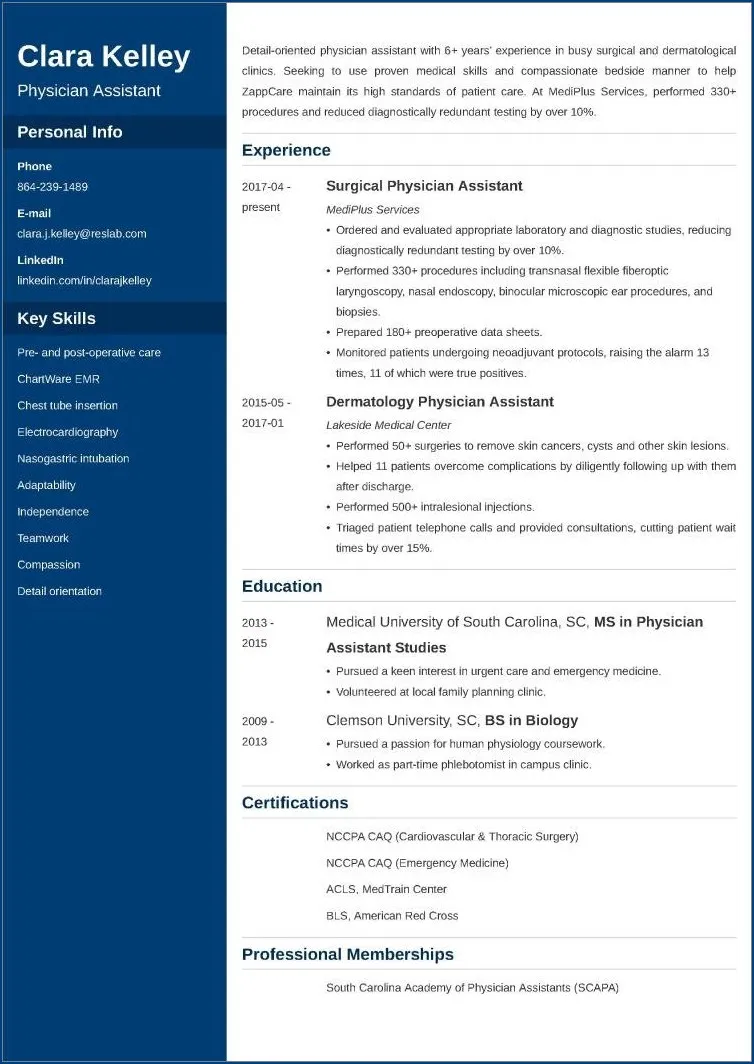
Address the hiring manager by name whenever possible. Research the company or check the job posting to find out who will be reading your application. If you can’t find a specific name, use a professional salutation like ‘Dear Hiring Manager’. Avoid generic greetings such as ‘To Whom It May Concern’. Using the hiring manager’s name shows you’ve taken the time to research the company and the position. The salutation sets the tone for your cover letter and shows respect for the recipient. This small detail can make a big difference in creating a positive first impression. Make sure to double-check the spelling of the name before sending your application.
The Introductory Paragraph
The introductory paragraph is your first chance to grab the reader’s attention. State the position you’re applying for and where you saw the job posting. Briefly mention your most relevant qualification or skill, and express your enthusiasm for the opportunity. The introduction should be concise and compelling, immediately capturing the reader’s interest. Clearly state your interest in the position and highlight your core competency. Consider a brief summary of your experience, but keep it brief and focused. This is the hook that draws the hiring manager into reading the rest of your letter. It sets the stage for what’s to come and makes a strong first impression.
Showcasing Your Education and Certifications
Highlight your education and certifications, including your PA degree, any specializations, and relevant licenses. Provide the name of your PA program and the date of your graduation. Mention any honors, awards, or academic achievements. Focus on credentials that are directly relevant to the job. Showcase your commitment to the profession and your qualifications. This section should be concise and clearly outline your educational background. Mention any additional certifications or courses, such as ACLS, BLS, or other specialized training. Make sure to provide the details of your qualifications and the necessary licenses.
Demonstrating Relevant Skills and Experience
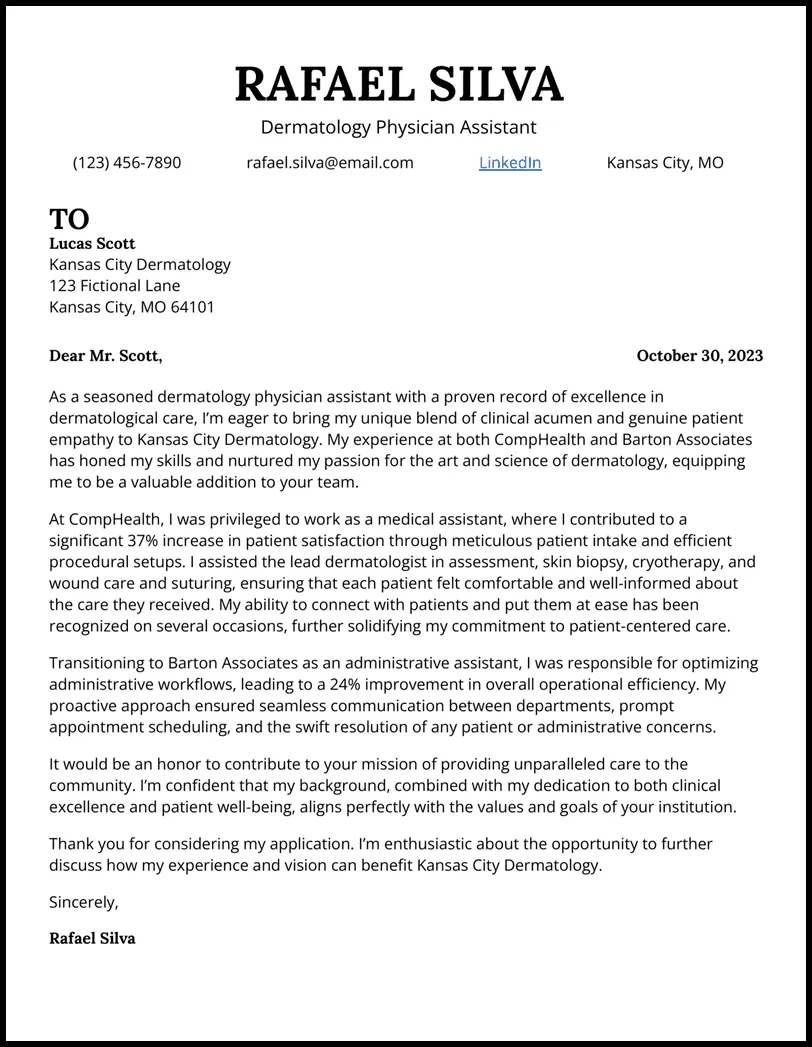
Focus on the skills and experiences that align with the job requirements. Even as a new graduate, you have valuable experiences from your clinical rotations. Describe the specific patient populations you’ve worked with, the procedures you’ve performed, and the responsibilities you’ve held. Use action verbs to describe your accomplishments and quantify your achievements whenever possible. Provide examples of how you’ve applied your skills and the positive outcomes you’ve achieved. Tailor your skills to the requirements of the job description. Use the same keywords and phrases that are used in the job posting. Highlight any skills you have that match the job description.
Highlighting Clinical Rotations and Experiences
Your clinical rotations are a significant part of your training. Highlight the types of rotations you completed, such as family medicine, internal medicine, surgery, and emergency medicine. Describe the roles and responsibilities you held in each rotation. Mention any specific procedures or treatments you assisted with or performed. Quantify your experiences with metrics, such as the number of patients you saw or the number of procedures you performed. Emphasize what you learned in each rotation. Share any impactful experiences you had. Use strong verbs to describe your actions and provide context to your experience.
Quantifying Achievements and Outcomes
Whenever possible, quantify your achievements and outcomes. Use numbers, percentages, and specific examples to demonstrate your impact. Instead of saying you ‘assisted with many surgeries’, state the number of surgeries you assisted with. Instead of saying you ‘improved patient outcomes’, provide specific examples of how you did so. Providing numbers strengthens your credibility. This shows the employer that you can produce measurable results. Being specific and providing numbers will make you stand out from the crowd. Always provide context for your achievements.
Expressing Enthusiasm and Fit
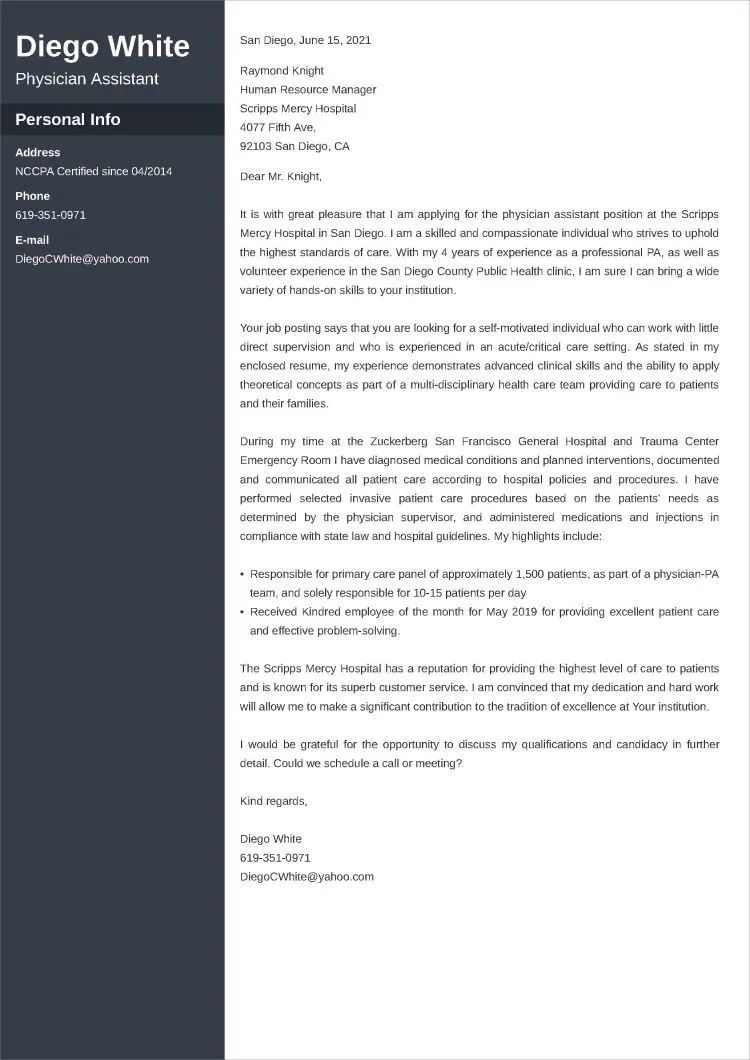
Express your enthusiasm for the specific position and the organization. Explain why you’re interested in working there and what attracts you to the role. Research the company and tailor your letter to show your genuine interest. Highlight what you admire about the organization’s mission, values, or culture. Connect your skills and experiences to the needs of the employer. Demonstrate that you understand the organization’s goals and that you are aligned with their values. This shows you’re not just looking for any job, but you genuinely want to work there.
The Closing Paragraph
In your closing paragraph, reiterate your interest in the position and express your eagerness to discuss your qualifications further. Thank the hiring manager for their time and consideration. Include a call to action, such as ‘I look forward to hearing from you soon’. Reiterate your contact information, making it easy for the employer to reach you. Be polite and professional. Proofread the entire letter one final time before sending. Ending the letter on a positive note leaves a lasting impression.
Formatting and Proofreading
Use a professional and easy-to-read font, such as Arial or Times New Roman. Ensure the font size is between 10 and 12 points. Keep your cover letter concise and to the point, ideally no more than one page. Maintain consistent formatting throughout the document, including margins, spacing, and bullet points. Proofread your cover letter carefully for any grammatical errors, typos, or formatting inconsistencies. Ask a friend, mentor, or career counselor to review your letter for feedback. A polished and well-formatted cover letter demonstrates your attention to detail.
Key Skills to Include in Your Cover Letter
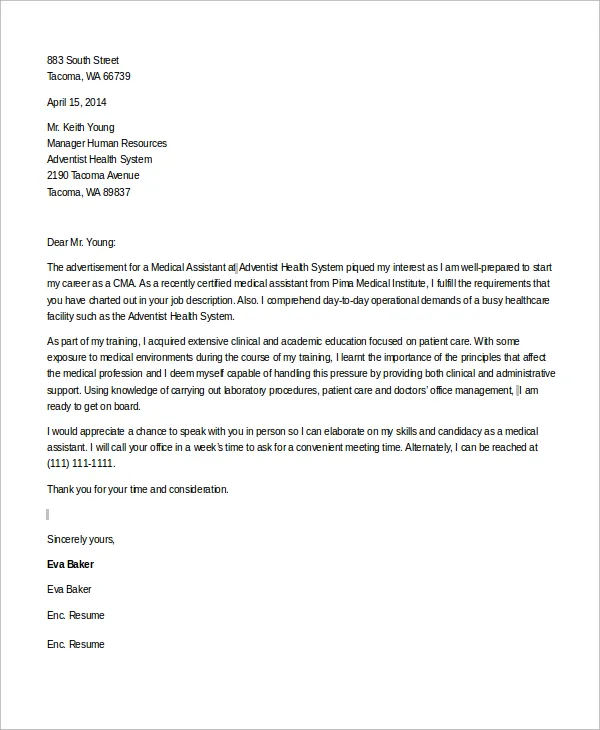
Clinical Skills
Highlight your clinical skills, such as patient assessment, diagnosis, treatment planning, and medication management. Mention any specific procedures you are proficient in, such as suturing, wound care, or phlebotomy. Emphasize your ability to work effectively with patients, provide compassionate care, and communicate clearly. Provide specific examples of how you’ve used your clinical skills in your rotations. Mention any experience with electronic health records or other relevant technologies.
Communication Skills
Effective communication is crucial in healthcare. Highlight your ability to communicate clearly, concisely, and empathetically with patients, families, and colleagues. Mention your experience in explaining medical information to patients, obtaining patient histories, and documenting patient encounters. Demonstrate your ability to listen actively, build rapport, and resolve conflicts. Show that you have excellent written and verbal communication skills. Provide specific examples of how you’ve used communication skills in a clinical setting.
Teamwork and Collaboration
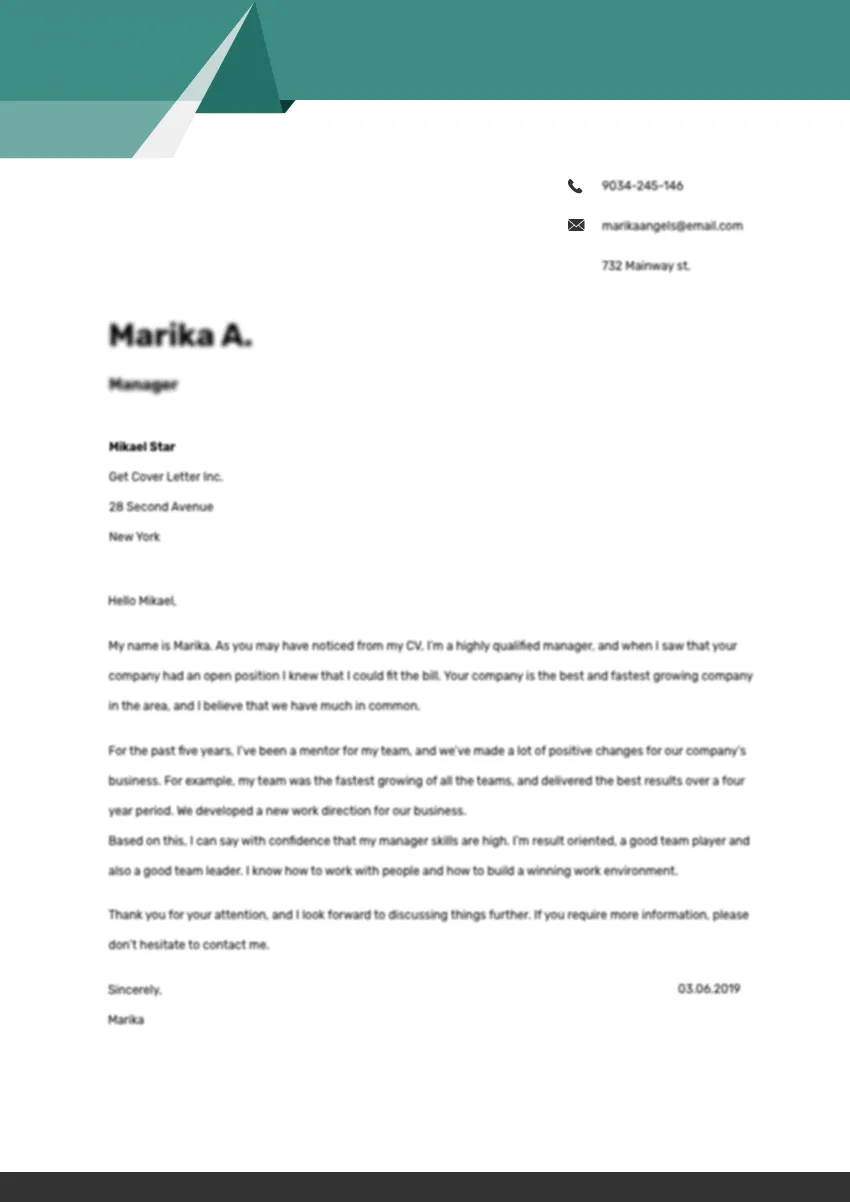
Healthcare is a team effort. Highlight your ability to work effectively as part of a team, collaborate with physicians, nurses, and other healthcare professionals. Mention your experience working in interdisciplinary teams, sharing information, and coordinating patient care. Showcase your ability to build positive relationships and contribute to a supportive work environment. Provide examples of how you’ve collaborated with others to achieve positive outcomes. Show your ability to respect and value the opinions of others.
Problem-solving and Critical Thinking
Demonstrate your ability to think critically, analyze situations, and solve problems effectively. Highlight your ability to assess patient conditions, make accurate diagnoses, and develop appropriate treatment plans. Mention your experience in using evidence-based medicine, staying up-to-date with medical advancements, and adapting to changing situations. Provide examples of how you’ve solved a challenging patient case or made a critical decision under pressure. Showcase your ability to think independently and exercise sound judgment.
Tailoring Your Cover Letter to the Job Description
Researching the Employer and Position
Thoroughly research the employer and the specific position before writing your cover letter. Visit their website, read their mission statement, and learn about their values and culture. Understand the specific needs and challenges of the role. Tailor your cover letter to address those needs and highlight your relevant skills and experiences. Understanding the employer shows your genuine interest. This shows your motivation to learn and grow with the company. Demonstrates your commitment to the role.
Matching Your Skills to the Requirements
Carefully review the job description and identify the required skills, qualifications, and experiences. Match your skills to the requirements by highlighting how your experiences align with those needs. Use keywords from the job description in your cover letter. Provide specific examples of how you’ve demonstrated those skills in your clinical rotations or previous experiences. Customize your letter to directly address each requirement listed in the job posting. This approach shows you’ve carefully read the job description.
Using Keywords Effectively
Use keywords from the job description in your cover letter. This will help your application get noticed by applicant tracking systems (ATS) that many employers use to screen resumes. Incorporate these keywords naturally, without making your letter sound robotic or forced. Use synonyms when possible to maintain a natural flow. Identify important skills and requirements from the job description. Incorporating the right keywords can significantly improve your chances of getting noticed.
Common Mistakes to Avoid
Generic Cover Letters
Avoid sending the same generic cover letter to multiple employers. Always tailor your letter to the specific job and the organization. Generic cover letters lack impact and fail to demonstrate your genuine interest. Tailor your letter to the specific job posting. Mentioning the company by name and demonstrating an understanding of their mission and values is essential. A generic letter is likely to be discarded by hiring managers. Personalize your application. Take the time to write a letter tailored to each job opportunity.
Focusing Solely on Education
While your education is important, don’t solely focus on it. Highlight your skills, experiences, and accomplishments. Your clinical rotations are equally, if not more, important. Showcase how your training has prepared you for the role. Supplement your education with examples of your practical experience. Hiring managers want to see how you will apply your knowledge and skills in a real-world setting. Provide examples and outcomes. Show them what you’ve done. Emphasize your transferable skills.
Typos and Grammatical Errors
Typos and grammatical errors can damage your credibility. Proofread your cover letter carefully before sending it. Use a spell checker and grammar checker, but also read the letter yourself. Ask a friend or mentor to review your letter for errors. A cover letter filled with errors shows a lack of attention to detail. Make sure your letter is polished and professional. A clean, error-free cover letter conveys professionalism.
Neglecting to Proofread
Never submit a cover letter without proofreading it multiple times. Proofreading is essential to catch any mistakes you might have missed. Read your letter out loud. Consider asking someone else to review your cover letter. A fresh pair of eyes can catch errors you might have missed. Proofreading ensures your professionalism.
Finalizing and Submitting Your Cover Letter
Before submitting your cover letter, review the job posting to ensure you’ve addressed all the requirements. Save your cover letter as a PDF file to preserve the formatting. Follow the instructions in the job posting for submitting your application. Send the letter. Your cover letter is a critical tool in your job search. By following these guidelines, you can create a compelling cover letter that will help you land an interview and secure your dream job. Remember to be authentic, enthusiastic, and professional. Be prepared to follow up with the employer after submitting your application. Good luck!
